Description
Overcoming Acne
The Promise of Photodynamic Therapy and Other Innovative Treatment Options for Acne
Acne vulgaris (or simply, acne) is the most common skin condition treated by physicians worldwide, affecting about 80% of adolescents and young adults. By some estimates, at least four out of five people between the ages of 12 and 24 will experience acne at least once in their lives. Older adults, too, can be affected. Up to 40-50 percent of men and women in their 20s and 10-20 percent in their 40s report some acne.
Overcoming Acne: The Promise of Photodynamic Therapy and Other Innovative Therapies highlights a new approach to the treatment and management of acne, one rooted in the astounding therapeutic potential of Photomedicine (light-based medicine). Though the healing applications of light date back many centuries, it is only within the past few decades that high-tech developments in laser technology have enabled the medical profession to realize the true healing potential of light.
Overcoming Acne is divided into four parts: (1) Understanding and Treating Acne; (2) Light-Based Treatments for Acne; (3) Promising Research Directions; and (4) Lifestyle Medicine to Improve Long-Term Control of Acne.
Part 1 explores the causes and risk factors for acne, as well as the best strategies for treatment and prevention. As shown in Parts 2 and 3, there are many reasons to consider light-based therapies for the treatment of this disease. In particular, photodynamic therapy (PDT) is showing considerable promise and will continue to be among the mainstays of cutting-edge acne treatment for many years to come.
Acne is an inflammatory condition in which the skin’s sebaceous glands produce too much oil, resulting in an eruption of unsightly pimples or pustules. Bacterial infections may also be involved in the genesis of acne. These infections occur on the skin and are due to increased oil secretions that result in accumulations of microbes in the pores, promoting yet more inflammation.
After discussing the risk factors, signs and symptoms of acne, Part 1 provides an overview of the topical and systemic treatments. In discussing antibiotic treatments, Overcoming Acne also broaches the larger issue of antibiotic resistance, which ultimately leads to treatment failure in many cases. Treatment for acne can be directed at both the skin infection (with the bacterium P. acnes) and the inflammation.
Part 2 focuses on the photodynamic approach to acne. Here’s an excerpt from the ebook:
“Simply getting out in the sun can have a beneficial effect on acne, often helping to shrink and eliminate those bothersome pimples. This fact is not lost on many sunbathing teens nor their observant parents. Of course, too much sun can be harmful, so we are not advocating this as a therapeutic strategy. Rather, sunbathing or casual encounters with the sun during the summer months should be viewed more as a preventive strategy that seems to work quite well for teens—especially if other risk factors (described earlier in this ebook) are addressed as well.
“Probably owing to its various causes, acne continues to be a major challenge to dermatologists and primary care physicians alike, accounting for millions of visits to physicians each year. For many years now, the mainstream treatments for acne have been antibiotics and retinoids (vitamin A compounds), which are available in topical and oral formulations. However, there is a growing openness in the modern medical community to new treatments such as PDT, laser therapy, comedo extraction, and chemical peels.
“PDT in particular is fast emerging as a useful off-label treatment for acne vulgaris. Among the key mechanisms of action for this treatment is the light-triggered destruction of the main infectious agent mentioned earlier—Propionibacterium acnes—as well as a reduction in the size of the sebaceous glands and a decrease in overall sebum production.
“One of the notable advantages of PDT is that it can kill the infectious agent (P. acnes) regardless of any antibiotic resistance. This is a salient point, given that antibiotic resistance has emerged as a medical crisis of global proportions. Many doctors are scrambling to figure out what to do for their patients when antibiotics seem to be ineffective. PDT could very well be the answer, along with the management of diet and other lifestyle-related risk factors.
“In the typical clinical situation, the photosensitizer is either taken orally or applied topically. Then the acne breakout areas are exposed to either blue or red light, with the light treatment delivered up to several hours after administration of the sensitizing agent. In some cases, the use of intense pulsed light may also be effective for the treatment of acne…
“It is interesting to note that blue light alone can help clear mild cases of acne due to its anti-inflammatory effects; however, it is thought that the photosensitizer tends to provide an extra therapeutic punch for more advanced cases. Also, more serious cases of acne may require high doses of red light-based PDT in order to shut down the sebaceous glands and produce more substantial improvements.
“Findings from many clinical studies have shown that the PDT approach is quite effective as a treatment for acne, regardless of the severity of the condition. The incubation time of the specific photosensitizer will vary depending on the agent, usually ranging from 15 minutes to three hours. In addition to killing bacteria, it is clear that PDT can result in substantial phototoxicity to the sebaceous follicles, along with prolonged suppression of sebaceous function—a drop-off in the skin’s oil production.
“The recent surge in the dermatology and infectious disease communities’ interest in PDT seems to have been largely driven by the inexorable increase in antibiotic resistance to many different types of organisms—including those associated with acne and other skin infections…”
Part 3 examines promising research directions for further enhancing the efficacy of PDT for acne. The final section of the ebook explores some of the practical ways or self-care practices that are needed to bolster skin health as well as acne prevention and control. The ebook’s appendix includes a special discussion about two light-sensitizing substances, a dietary supplement called Bremachlorophyll, and a unique medicine called Bremachlorin. Because of its diverse effects against infections, Bremachlorin-PDT is likely to revolutionize the way Photomedicine is incorporated into modern treatment of acne and other infectious conditions.
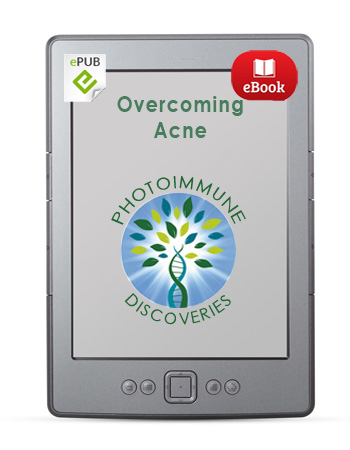
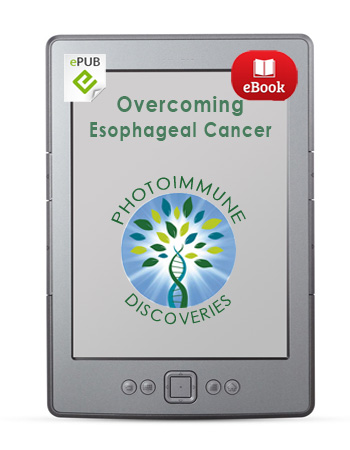
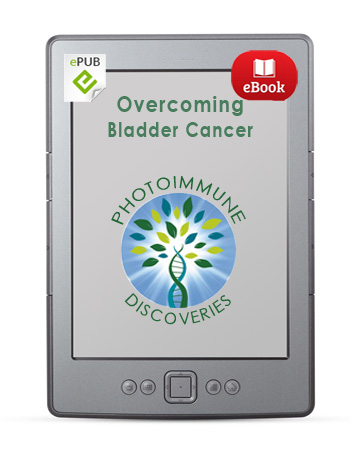
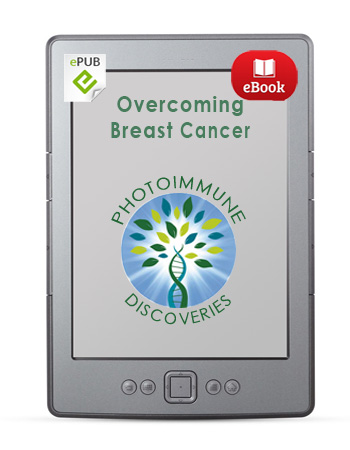
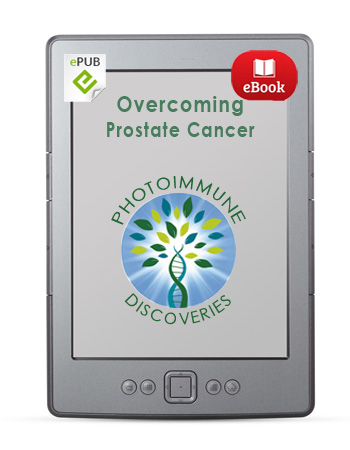

 English
English Français
Français Deutsch
Deutsch Nederlands
Nederlands